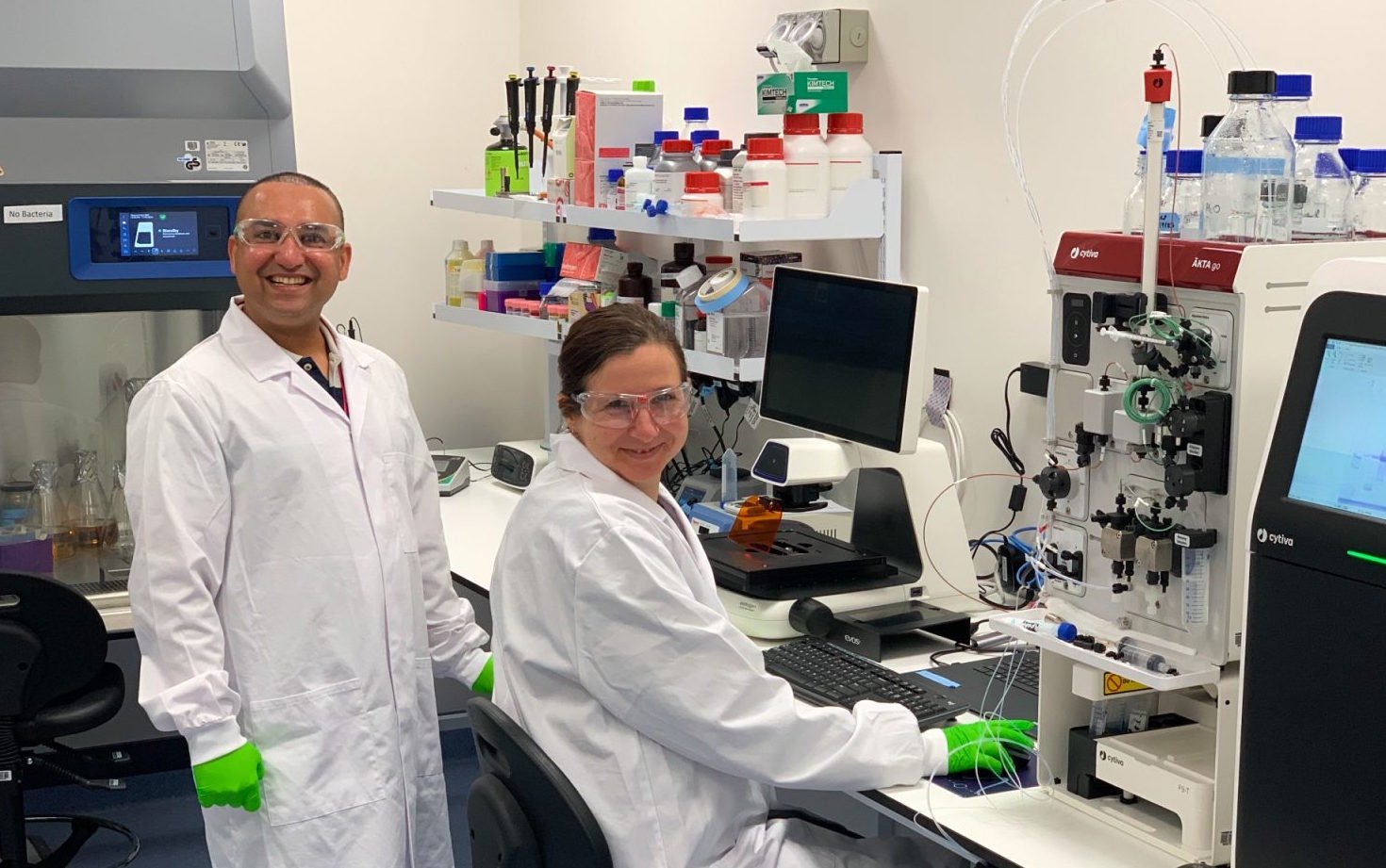Swedish 3D printing technique opens the way for cartilage repair
03 May 2017 | News
Sahlgrenska Academy researchers succeed in creating cartilage tissue by 3D printing stem cells taken from the human knee

A group of Swedish researchers, including several from Sahlgrenska Academy, made big news a month ago, when they not only implanted 3D printed human cartilage cells into mice, but got them to survive and grow after implantation. The cells were implanted immediately after they were 3D printed, and successfully formed their own blood vessel networks inside the mice, which is a promising step towards the eventual 3D printing and implantation of actual human organs.
Now Sahlgrenska Academy is back in the news for further advances in 3D bioprinting. The team of researchers, working with Chalmers University of Technology, which also collaborated on the previous research, has successfully created cartilage tissue by 3D printing stem cells taken from the human knee. The cells were taken from patients undergoing knee surgery, and after some manipulation in the lab, they reverted into pluripotent stem cells, which can develop into numerous different types of cells. The cells were then mixed with a solution of nanofibrillated cellulose and 3D printed into predetermined structures. After printing, they were treated with growth hormones that caused them to differentiate and form cartilage tissue. The tissue was the result of three years of work.
The Sweden-based team says it has been able to influence its printed cells to multiply and differentiate to form chondrocytes (cartilage cells), adding that expert surgeons saw no difference between the bioprinted cartilage and real human cartilage.
In terms of real-world applications, this breakthrough means that in the near future, it may be possible to 3D print new cartilage in large amounts from patients’ own stem cells. The bioprinted tissue could be used to repair damaged cartilage or treat degenerative conditions such as osteoarthritis. There’s still some work to be done, though.
“The structure of the cellulose we used might not be optimal for use in the human body,” explained Simonsson. “Before we begin to explore the possibility of incorporating the use of 3D bioprinted cartilage into the surgical treatment of patients, we need to find another material that can be broken down and absorbed by the body so that only the endogenous cartilage remains, the most important thing for use in a clinical setting is safety.”
Simonsson is the lead author on a paper detailing the research, entitled “Cartilage Tissue Engineering by the 3D Bioprinting of iPS Cells in a Nanocellulose/Alginate Bioink.” Additional authors include Duong Nguyen, Daniel A. Hägg, Alma Forsman, Josefine Ekholm, Puwapong Nimkingratama, Camilla Brantsing, Theodoros Kalogeropoulos, Samantha Zaunz, Sebastian Concaro, Mats Brittberg, Anders Lindahl, Paul Gatenholm and Annika Enejder.
The achievement was published in Nature's Scientific Reports.












